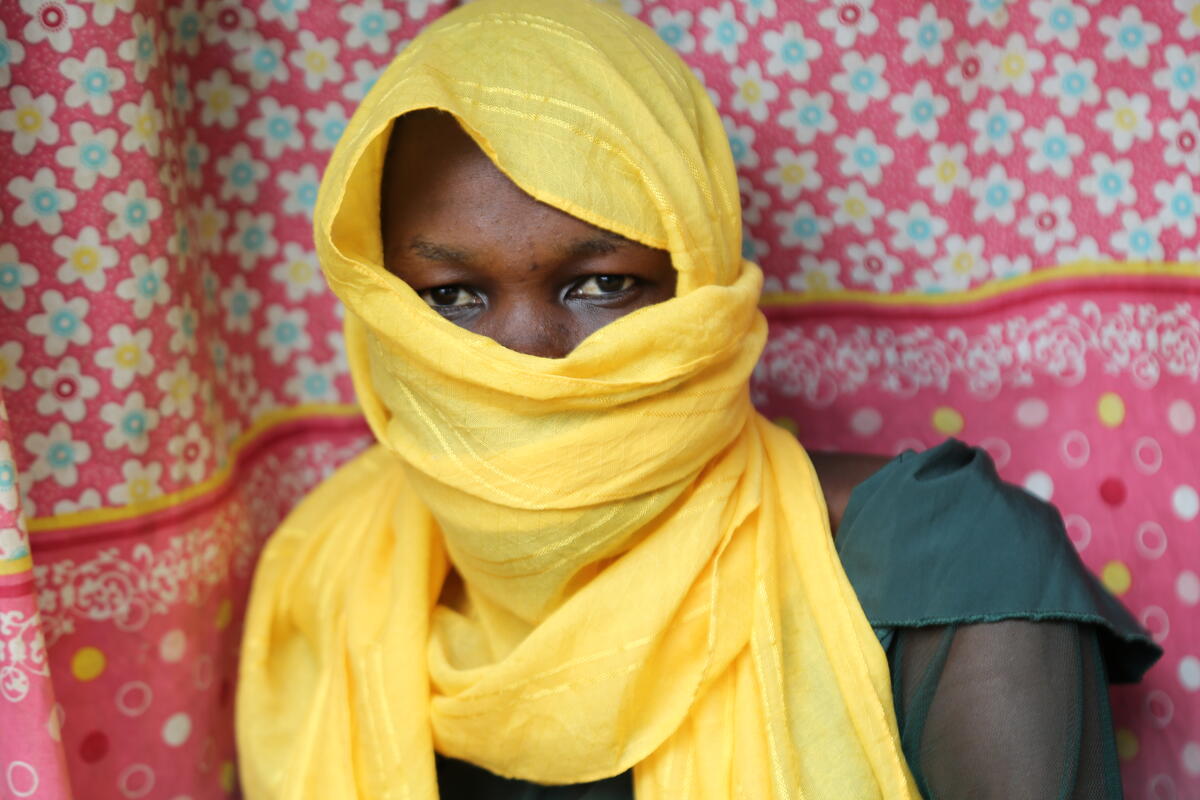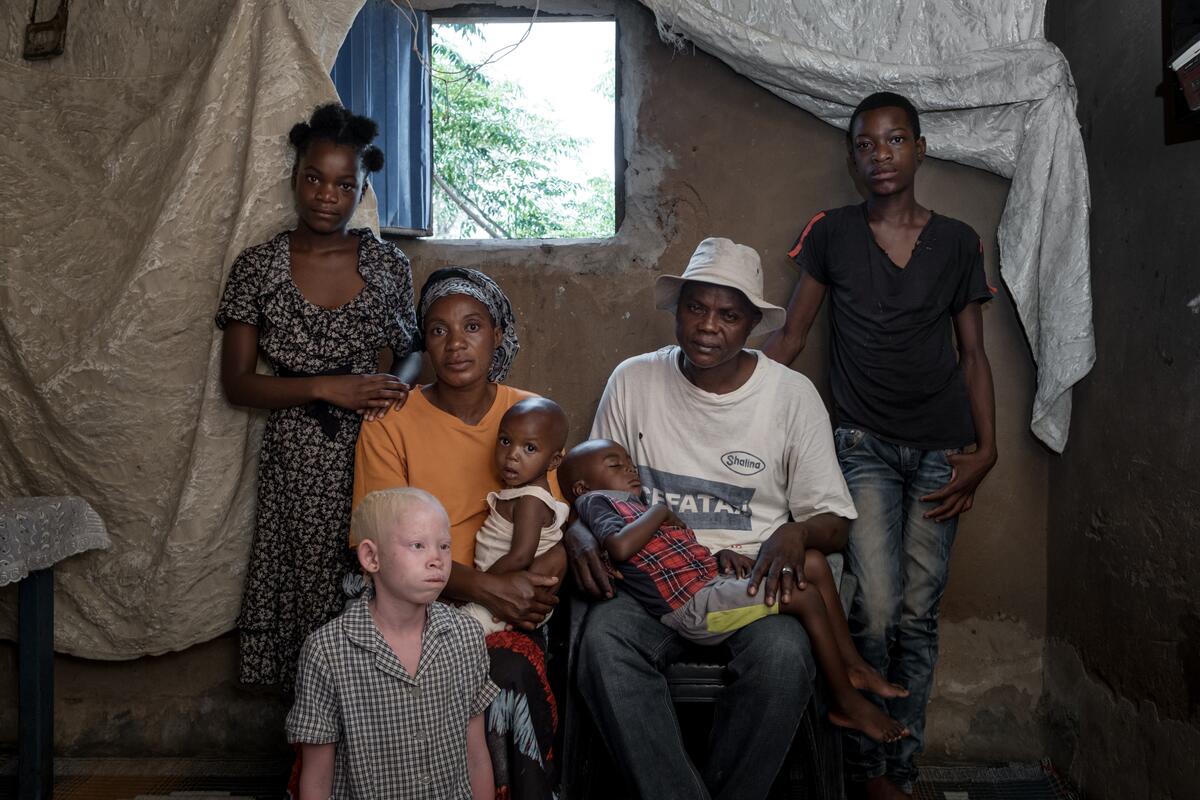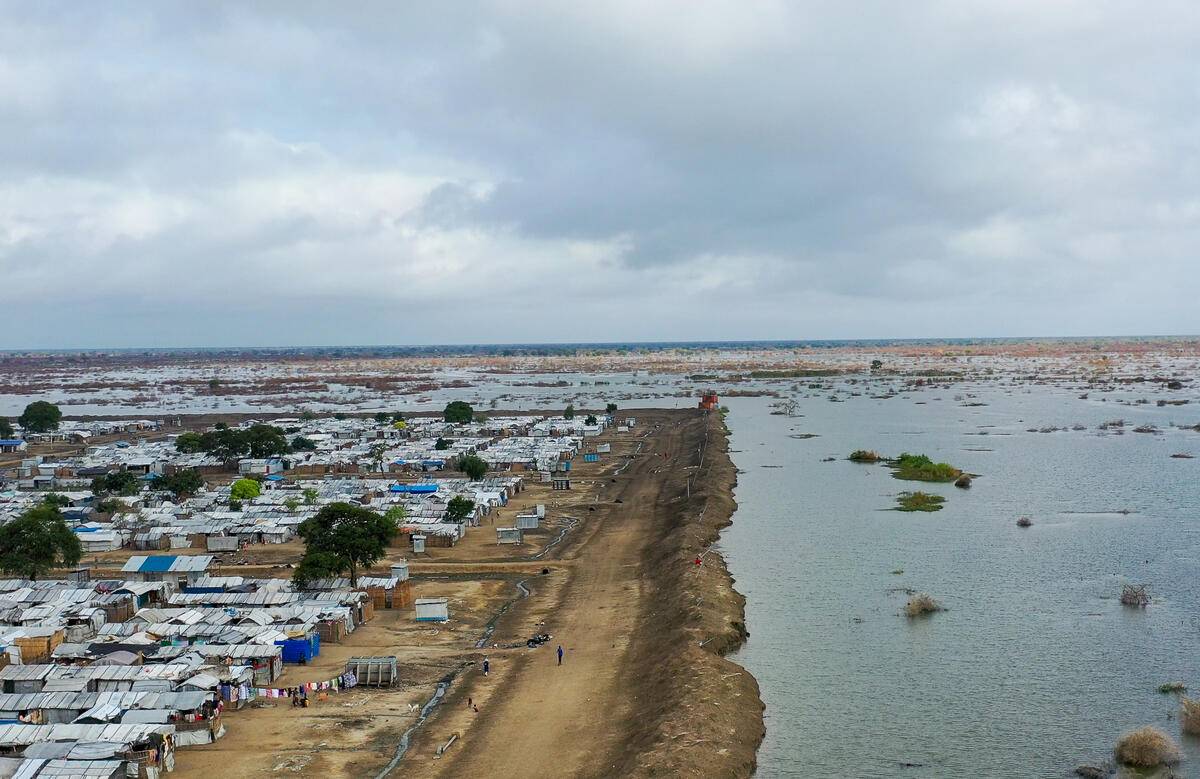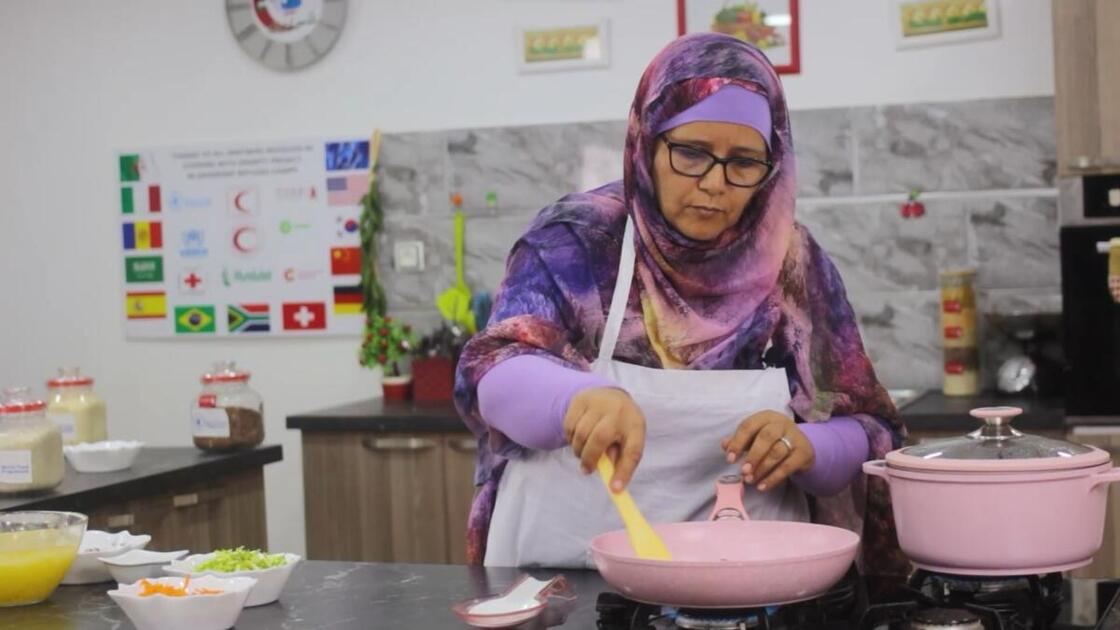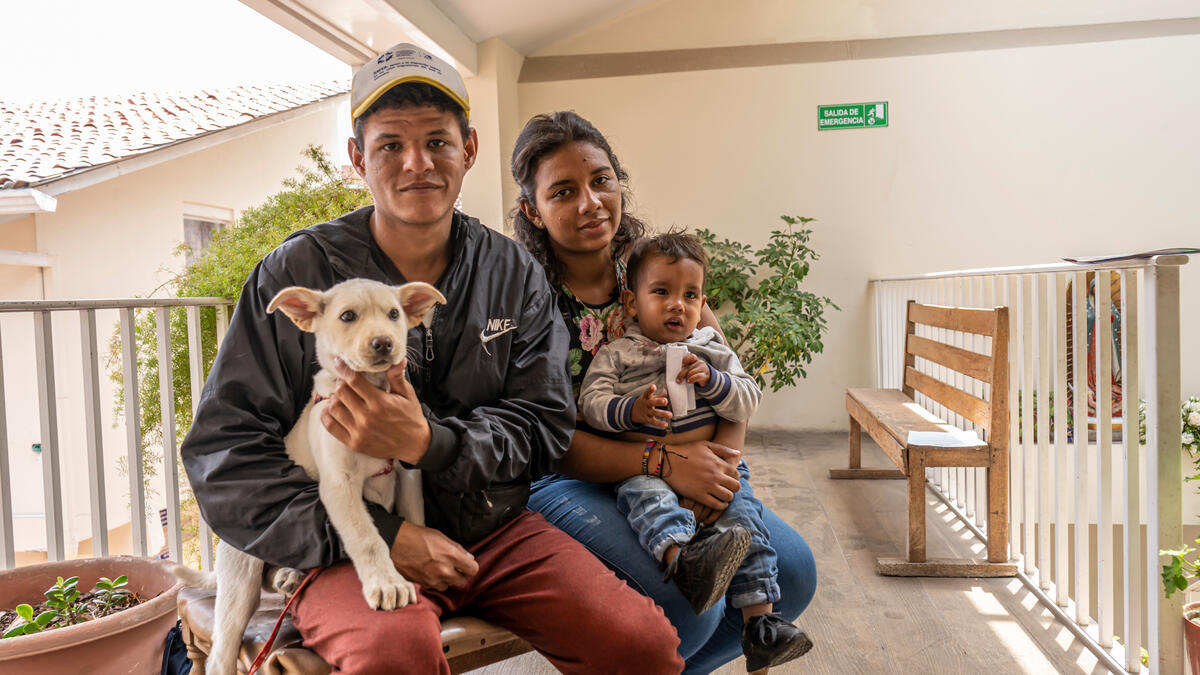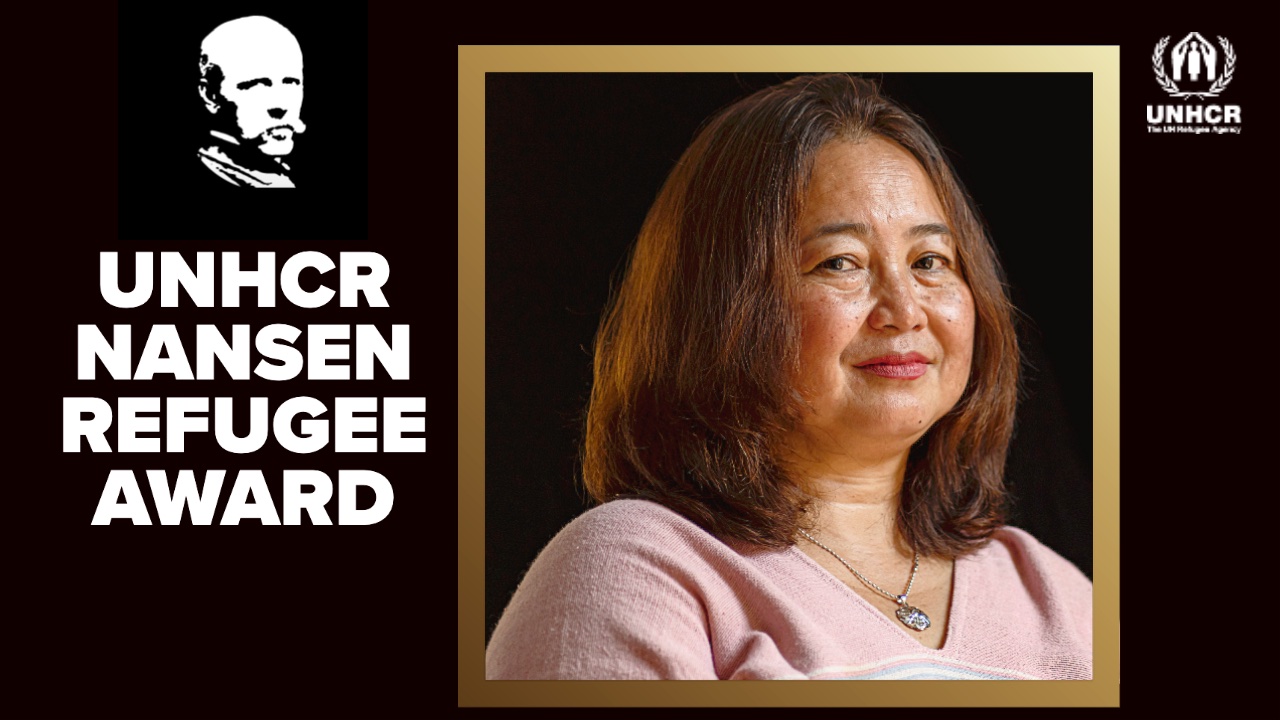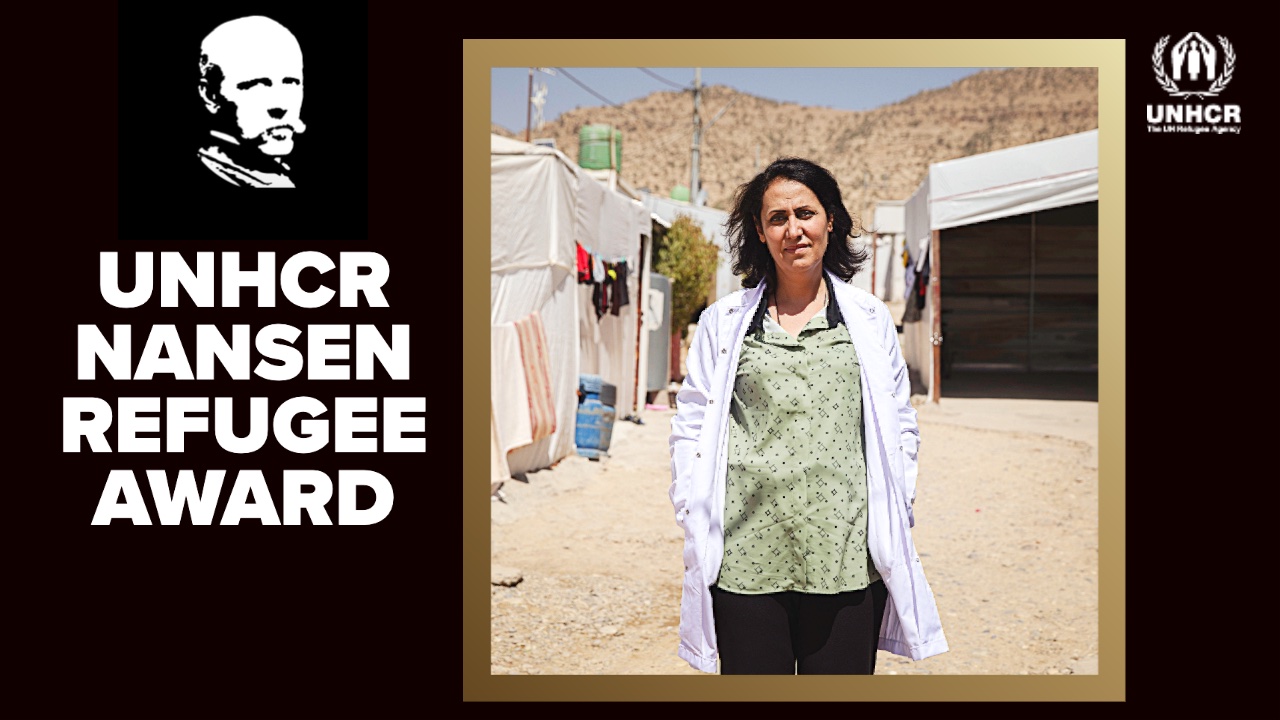Over 100,000 people displaced in Somalia so far this year as IDPs bear brunt of food insecurity crisis
Over 100,000 people displaced in Somalia so far this year as IDPs bear brunt of food insecurity crisis
CORRECTED VERSION (this briefing note was updated on 17 September with changes including numbers in the first and second paragraphs)
Forced evictions, drought, conflict and lack of livelihoods have prompted more than 100,000 Somalis to flee their homes so far this year, and displacement within Somalia and across its borders shows no signs of easing.
The vast majority - some 80% - are internally displaced in Somalia; while newly arrived Somali refugees have registered in Yemen, Kenya and Ethiopia during the first eight months of the year. Insecurity is the main cause of internal displacement, with some 80,000 people fleeing their homes because of military conflict.
This displacement is attributed to military offensives by the Federal Government of Somalia and AMISOM against the militant group Al Shabaab in South Central Somalia. It is expected to be temporary, with people returning to their homes once it is safe.
Efforts to assist the displaced are, however, hampered by limited access to towns affected by military activity, with airlifts often the only way to get supplies to people in need.
Forced evictions of internally displaced people (IDPs) from both private and government-owned land and buildings have uprooted almost 23,000 people. Worst affected are the capital Mogadishu and the port city of Kismayo.
UNHCR is engaged in dialogue with its counterparts among the Somali authorities to advocate for policies and measures to counter evictions that violate basic human rights. UNHCR distributed basic relief items to 3,000 displaced families in Kismayo in recent weeks, but additional distributions are required.
Many people are living in sites lacking basic services. They sleep in shelters made of sticks, grass and cardboard. Incidents had been reported of sexual and gender-based violence, including rape, against girls and women by militias operating outside the settlements.
Migration in the region continues into neighbouring Kenya and Ethiopia as well as Yemen which receives new arrivals by boat across the Gulf of Aden and the Red Sea. Most of the new arrivals come from the six regions in south-central Somalia most affected by drought, food insecurity and poverty. The total number of Somali refugees in the region stands at 957,000.
This continuing displacement comes at a time when the internally displaced are bearing the brunt of the current food insecurity crisis in the country. IDPs spend proportionately more - up to 75 per cent - of their available income on food, compared to Somalis in rural and urban communities.
According to a recent survey by the UN's Food and Agriculture Organization (FAO), IDPs have the highest rates of severe acute malnutrition, while malnutrition rates are critical in seven of the 13 IDP sites surveyed. The under-five death rate among Mogadishu IDPs is six times the average.
While UNHCR and other agencies are scaling up response, our Somalia operation requires more than US$40 million, and remains underfunded at 38 per cent.
For more information, please contact:
- In Nairobi, Teresa Ongaro on mobile +254 735 337 608
- In Geneva, Babar Baloch on mobile +41 79 557 91 06
- In Geneva, Karin de Gruijl on mobile +41 79 255 92 13


